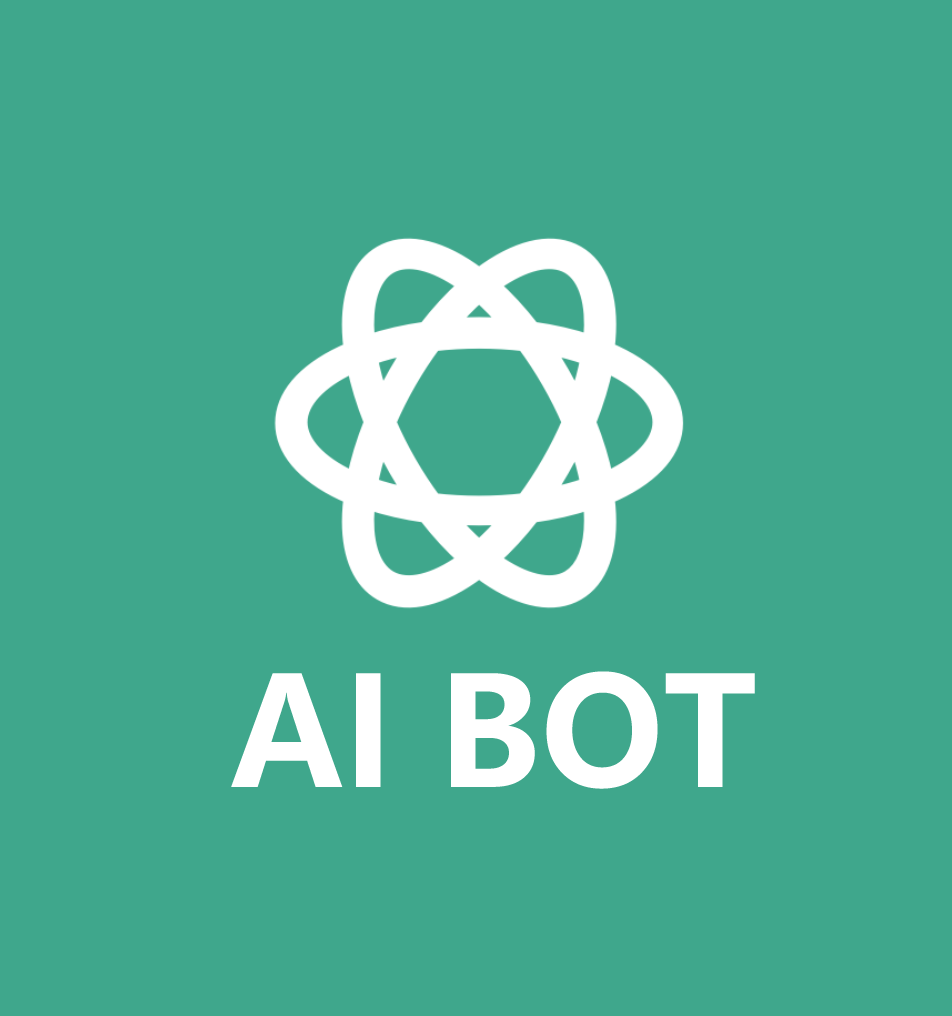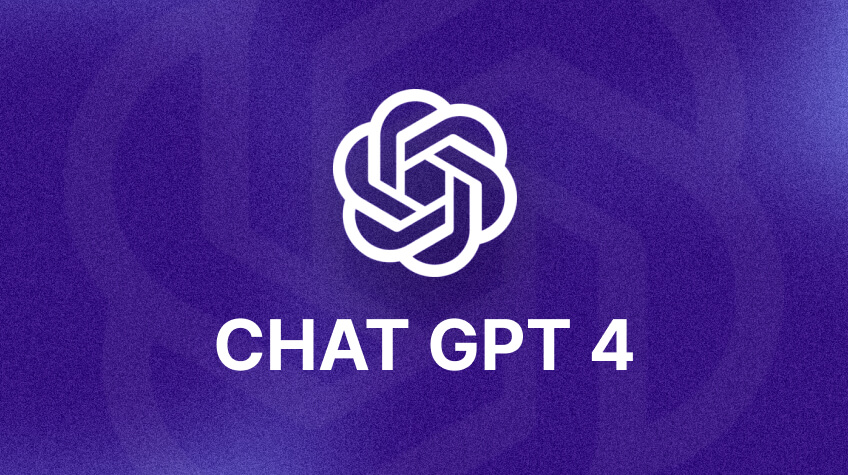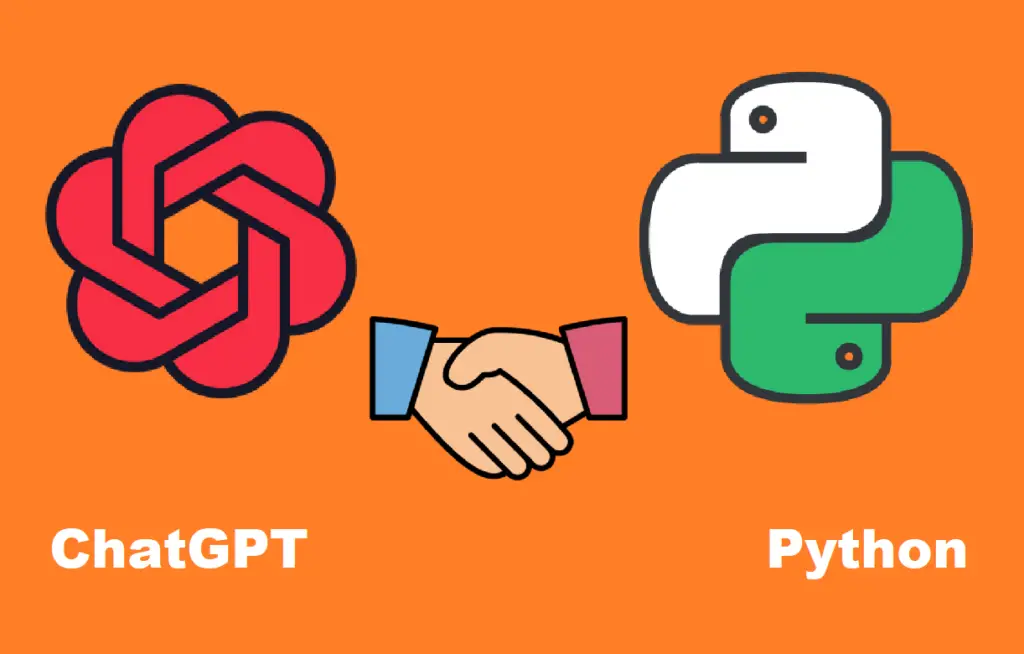
Title: An In-depth Guide to Python AI Coding
Introduction:
Artificial Intelligence (AI) has gained immense popularity in recent years, revolutionizing various domains such as healthcare, finance, and technology. Python, as a versatile and powerful programming language, has emerged as a popular choice for AI development due to its simplicity, extensive libraries, and strong community support. In this article, we will explore the world of Python AI coding, covering key concepts, libraries, and techniques.
1. Python Libraries for AI:
Python offers a wide range of libraries that facilitate AI development. Some popular libraries include:
a) NumPy: NumPy provides support for performing mathematical and numerical operations efficiently, making it ideal for data manipulation and computation.
b) Pandas: Pandas is a powerful library for data analysis and manipulation, providing data structures (such as DataFrames) and functions for handling datasets.
c) Scikit-learn: Scikit-learn is a versatile library for machine learning, offering a comprehensive set of algorithms for classification, regression, clustering, and more.
d) TensorFlow: Developed by Google, TensorFlow is a widely-used library for deep learning, providing a flexible platform for building neural networks and training models.
e) Keras: Built on top of TensorFlow, Keras offers a high-level API for building deep learning models, simplifying the process of creating and training neural networks.
2. Machine Learning Basics:
Machine learning (ML) forms a crucial part of AI development. Key concepts and techniques in ML include:
a) Supervised Learning: In supervised learning, models are trained on labeled data, where the output is already known. Common algorithms include linear regression, decision trees, and support vector machines.
b) Unsupervised Learning: Unsupervised learning involves training models on unlabeled data, where the output is not known. Clustering and dimensionality reduction techniques (e.g., k-means, PCA) are often used in unsupervised learning.
c) Deep Learning: Deep learning focuses on training neural networks with multiple layers, capable of learning and extracting complex patterns from data. Neural networks, convolutional neural networks (CNNs), and recurrent neural networks (RNNs) are commonly used in deep learning.
3. Natural Language Processing (NLP):
NLP is a subfield of AI that deals with the interaction between computers and human language. Python offers several libraries for NLP tasks, such as:
a) NLTK (Natural Language Toolkit): NLTK provides a comprehensive suite of libraries and programs for natural language processing, including tokenization, stemming, tagging, and parsing.
b) SpaCy: SpaCy is a fast and efficient library for NLP, offering advanced features like named entity recognition, dependency parsing, and word vectors.
c) Gensim: Gensim is a library for topic modeling and document similarity analysis, useful for tasks like text classification and clustering.
4. Reinforcement Learning:
Reinforcement learning (RL) is a subset of ML that involves training an agent to interact with an environment and learn optimal actions through trial-and-error. Key RL libraries in Python include:
a) OpenAI Gym: OpenAI Gym is a widely-used library for RL, providing a collection of pre-built environments and tools for testing and benchmarking RL algorithms.
b) Stable Baselines: Stable Baselines is another popular RL library, which offers a simple interface for implementing RL algorithms and a wide range of algorithms to choose from.
Conclusion:
Python has become an integral part of AI development due to its simplicity, extensive libraries, and strong community support. In this article, we explored various Python libraries for AI, including NumPy, Pandas, Scikit-learn, TensorFlow, and Keras. We also discussed fundamental concepts and techniques in machine learning, such as supervised and unsupervised learning, as well as specific applications like natural language processing and reinforcement learning.
To excel in Python AI coding, it is crucial to stay updated with the latest trends, participate in online communities, and continuously learn and experiment with different techniques. Moreover, understanding the underlying mathematical concepts and algorithms behind AI models can greatly enhance your coding skills. So, keep exploring, learning, and coding to unlock the full potential of Python AI development.
壹涵网络我们是一家专注于网站建设、企业营销、网站关键词排名、AI内容生成、新媒体营销和短视频营销等业务的公司。我们拥有一支优秀的团队,专门致力于为客户提供优质的服务。
我们致力于为客户提供一站式的互联网营销服务,帮助客户在激烈的市场竞争中获得更大的优势和发展机会!




发表评论 取消回复